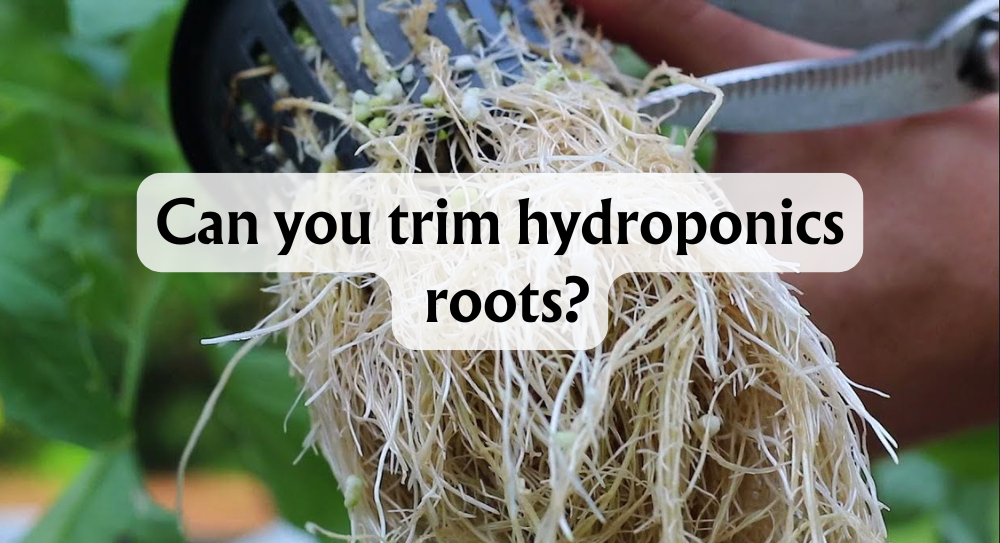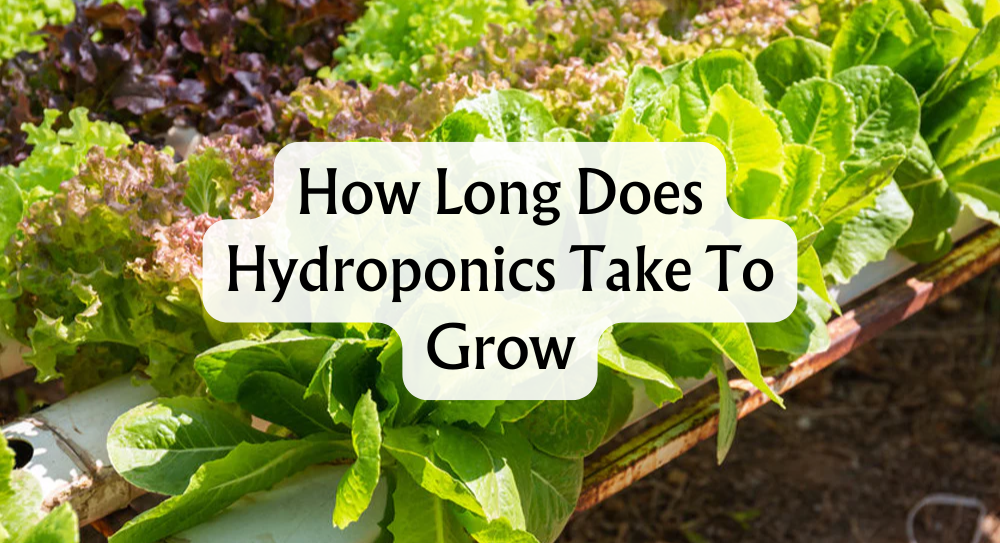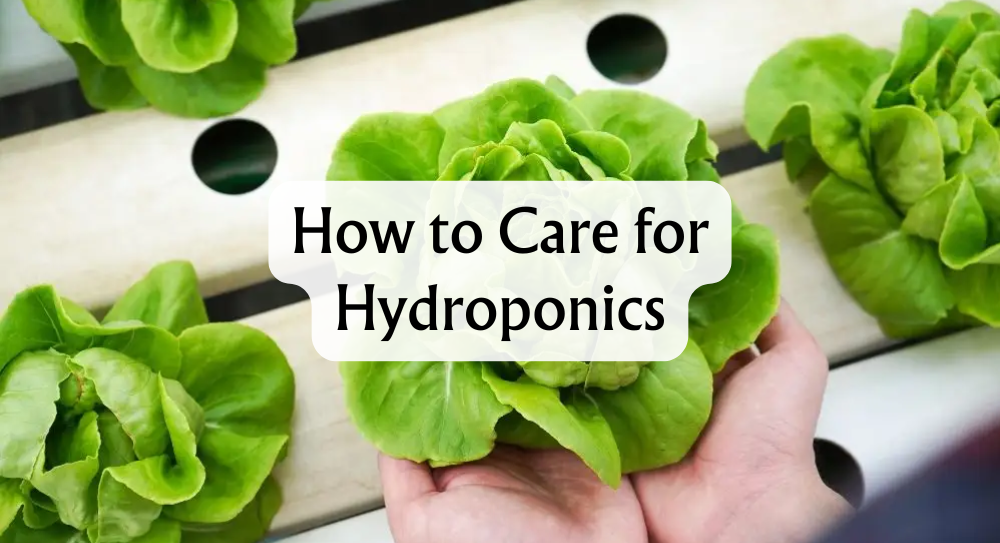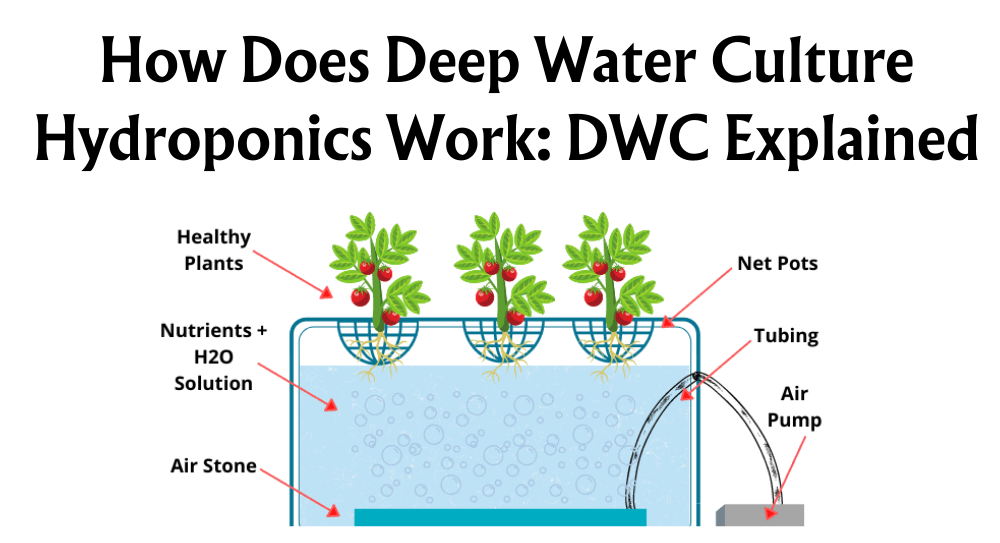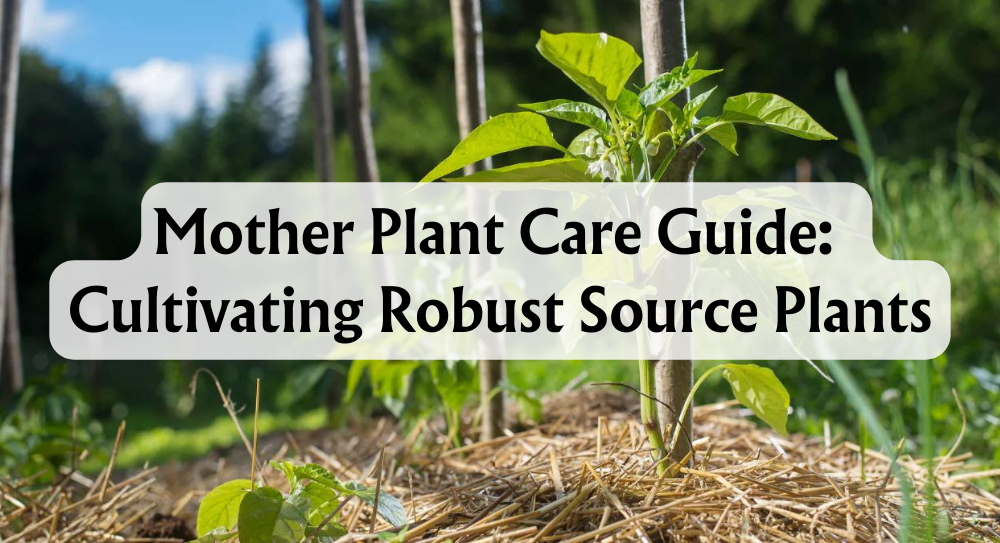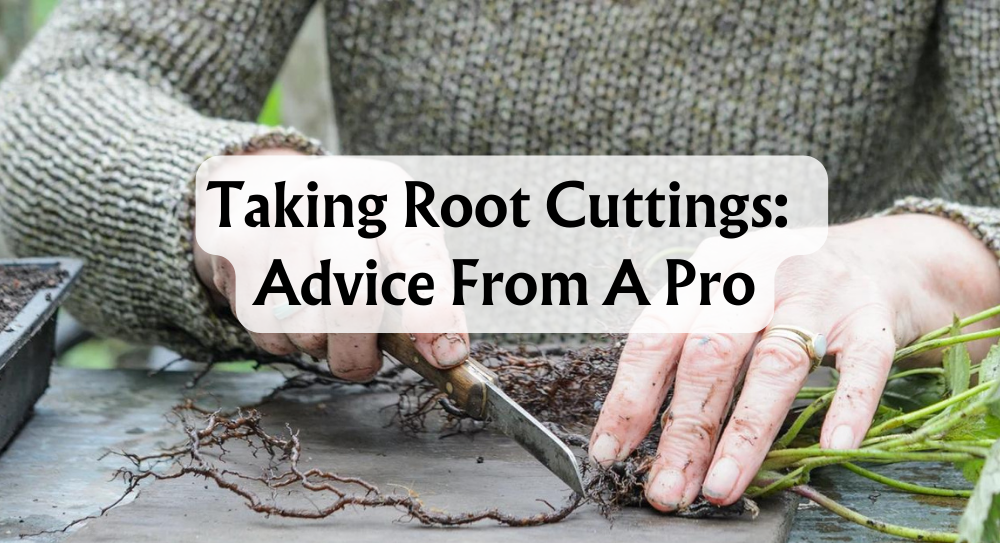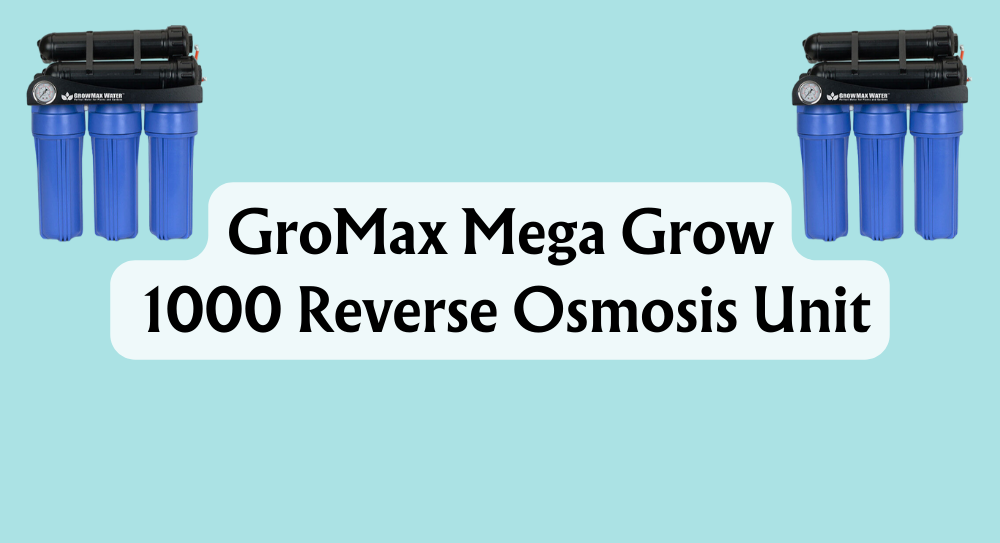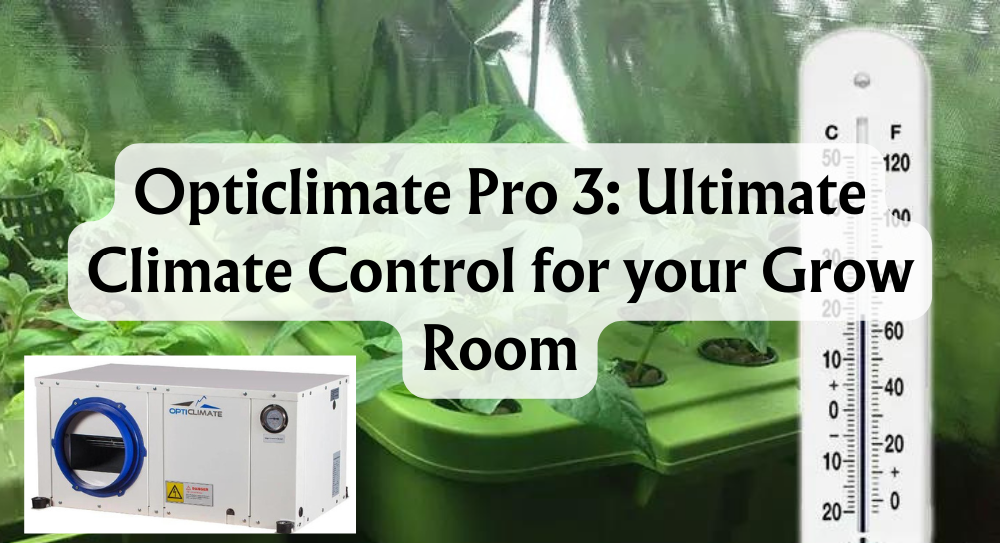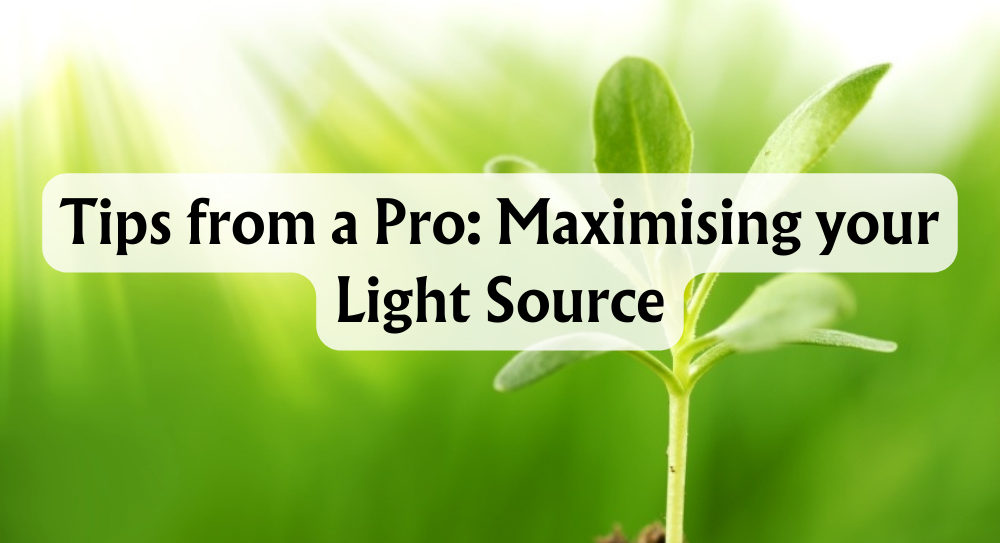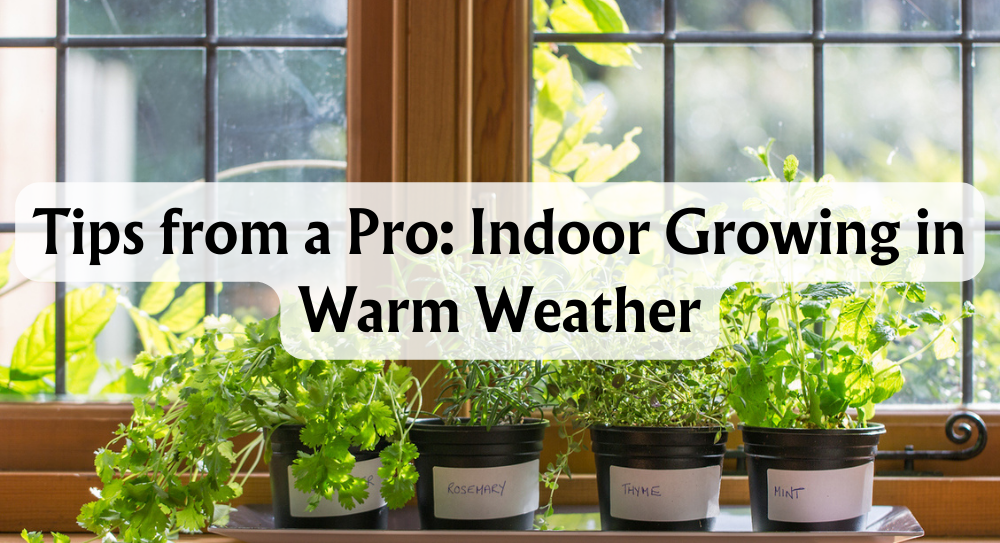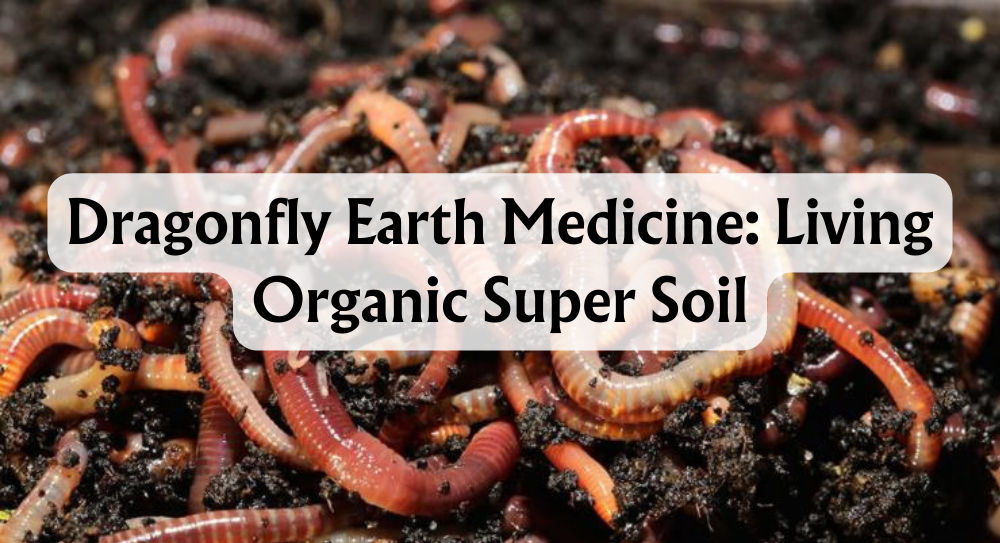Can You Trim Roots in Hydroponics?
Hydroponics, a method of growing plants without soil, has become increasingly popular among modern gardeners. It’s fascinating to see how plants thrive in water-based systems; however, root overgrowth can become a challenge. Root trimming is not only possible but crucial to maintaining healthy plants in hydroponic systems. Our goal is to guide you through why and how to trim roots in your hydroponic setup effectively.
Have you ever wondered why roots can sometimes seem a bit overzealous, happily outgrowing their confines? Trimming is key to preventing entanglement and ensuring optimal growth. In our hydroponics journey, we'll explore best practices for root pruning, revealing methods like air pruning that could transform your gardening approach.
Stay with us as we navigate the intricacies of hydroponic root management. Whether you're a novice or a seasoned gardener, understanding these techniques could be your secret weapon. Plus, we’ll tackle some common questions you might have, ensuring your hydroponic adventure is a smooth and rewarding one.
Key Takeaways
- Trimming roots in hydroponics helps maintain healthy plant growth.
- Root management prevents root entanglement and related issues.
- Various methods like air pruning enhance gardening effectiveness.
What Is Root Pruning?
Ever wondered why we might prune the roots? Root pruning is a gardening practice that involves selectively cutting roots to stimulate healthier growth. It's like giving your plants a good haircut! Pruning can improve plant health by promoting robust root systems, crucial for nutrient uptake and growth.
Now, you might be curious about the difference between root trimming and root pruning. Root trimming generally refers to cutting away roots that may be too long or damaged. It's more about tidying things up. Root pruning, on the other hand, is a bit more strategic. It involves selectively cutting roots to encourage new growth and improve plant health.
In hydroponics, root systems develop differently compared to traditional soil gardening. Hydroponic roots tend to grow more densely since they don't need to spread out in search of nutrients. Unchecked, this can lead to tangled roots and inefficient nutrient absorption. And let's face it, no one wants a root traffic jam!
The benefits of root pruning in hydroponics are significant. By controlling root growth, we can improve nutrient uptake efficiency. It's like creating a direct nutrient highway right to the plant! Pruning also helps maintain a healthy root structure, reducing the risk of root rot. Healthier roots lead to enhanced growth and potentially increased yield.
Engaging in this practice may just give our hydroponic plants the growth boost they need!
Why Trim Roots In Hydroponics?
So why would we want to trim roots in a hydroponic system? Well, let us tell you, it's all about keeping those plants thriving and your system running smoothly.
1. Preventing Root Bound and Overgrowth
As we know, unchecked root growth can lead to overcrowding and even clog the hydroponics systems. It’s like giving a plant a pair of scissors for a haircut before its roots throw a wild party and ruin the system. Imagine one grower who trimmed just in time to avoid a system meltdown!
2. Maintaining Nutrient and Water Flow
When roots get overgrown, they can restrict nutrient absorption. Think about it: how efficient can nutrient uptake be if everything’s tangled like spaghetti? We’ve seen growers report better efficiency with their nutrient solutions after a careful root trim.
3. Encouraging Healthier Plant Growth
By trimming, we encourage new root systems, promoting healthy growth. It’s like a root spa day, leading to better foliage and yield. For instance, one pruning session significantly improved both vegetative growth and plant health.
With fewer overgrown roots and healthier systems, we create an environment ripe for disease prevention. With nutrient-rich water solutions flowing better and without obstruction, it’s a win-win for our beloved hydroponic garden.
How To Trim Roots In Hydroponics
Ready for a little garden maintenance? Let's dive into trimming roots in hydroponics!
When to Trim Roots in Hydroponics
You might wonder, why and when should we trim roots? We keep an eye out for signs like tangled masses or discoloured roots. Generally, it's best during active growing phases to encourage healthy development and maximise our plants' space.
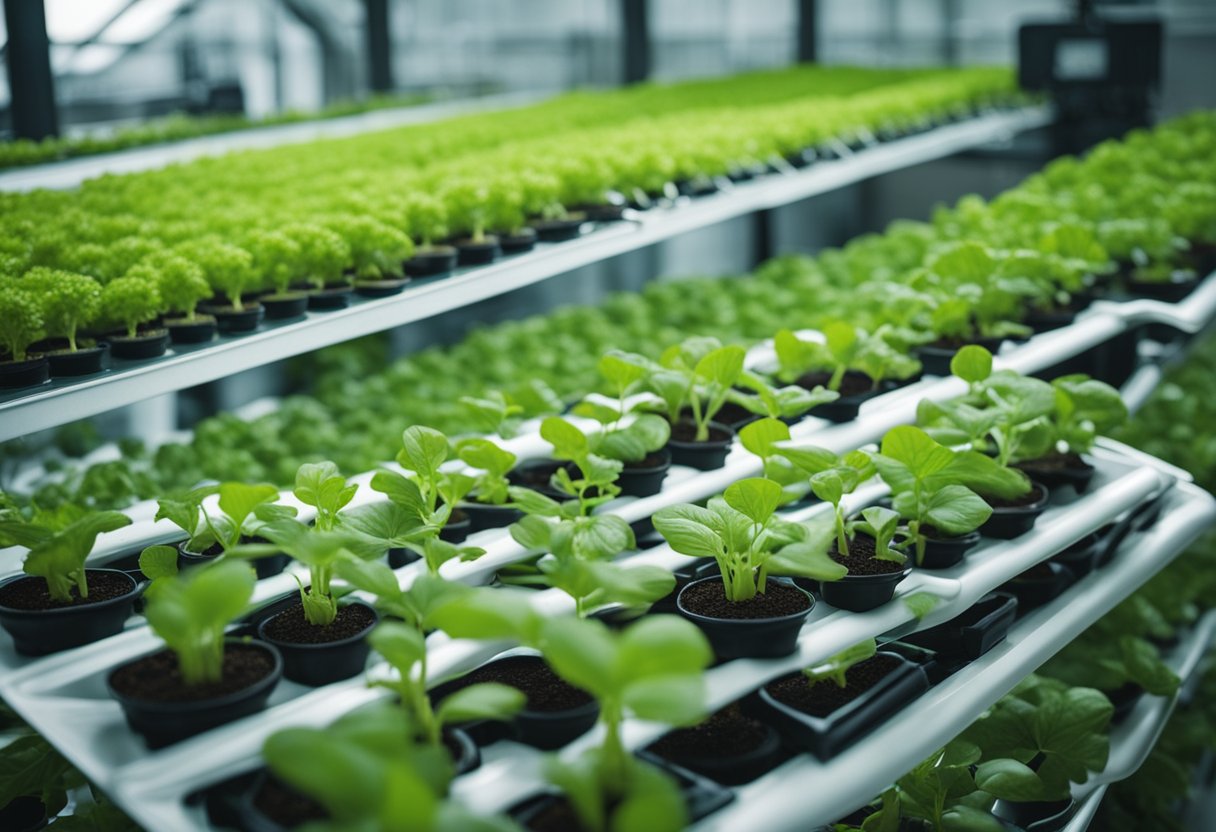
Step-by-Step Guide to Root Trimming
First things first, let's gather our tools.
Tools You’ll Need
We recommend using sharp scissors or shears to achieve clean cuts. Ensure we have some sterilising solution on hand too. We're aiming for precision!
Pre-Trimming Preparations
Before we dive in, ensure the area is clean. Sterilise our pruning tools to prevent infections. A clean reservoir is also a must to promote healthy recovery.
The Trimming Process
- Gently remove the plant from the system.
- Identify roots that need trimming—focus on damaged or excessively long ones.
- Use the shears to make clean cuts. Aim for tidy, neat root ends.
Post-Trimming Care
After trimming, reintroduce our plant to the system carefully. Keep a close eye on it for a few days to spot any signs of shock. Avoid over-fertilising initially. Let's not make common mistakes like cutting too much or disrupting growth cycles!
Trimming is crucial for thriving hydroponic systems. Regular check-ins keep our leafy friends happy and healthy!
Air Pruning in Hydroponics
Ever wondered if we could give our leafy friends the best environment in our hydroponic systems? Let’s talk about air pruning, a nifty technique that might be just what we need for a bumper crop.
What is Air Pruning?
Air pruning is all about letting roots find their groove. When root tips hit the air, they're encouraged to branch out naturally rather than becoming a tangled mess. In hydroponics, this is a game changer. It promotes healthier root systems without the hassle.
Air Pruning Benefits in Hydroponic Systems
One of the perks of air pruning is that we won’t need to stress over manual root trimming as much. It encourages a denser root system that efficiently absorbs nutrients and water. Just imagine how this can boost growth without extra effort.
Air Pruning Techniques
Now, how do we jazz up our hydroponic setups with air pruning? Using fabric pots and mesh containers can do the trick. These materials expose roots to air, enhancing air-pruning effects.
We've heard from fellow growers who swear by their results using these containers. Success stories often mention improved yields and robust plant health. They're like the secret ingredient we didn't know we needed.
Shall we give air pruning a try in our own systems? It’s worth considering, given the benefits.
Conclusion
So, can we trim roots in hydroponics? Absolutely! Root trimming is a great way to keep our plants healthy and thriving. It helps prevent root tangling and encourages root branching, which can lead to more efficient nutrient uptake.
Air pruning is another fantastic technique. By exposing roots to air, we encourage them to stop growing further, creating a healthy, dense root system perfect for supporting plant growth. It's like giving our plants a little spa treatment!
We should not forget that healthy roots make for a healthy plant. So, regular monitoring and maintenance of our hydroponic systems is crucial. It's all about keeping an eye on the roots and ensuring they have everything they need to thrive.
Here are a few tips:
- Trim roots regularly but not excessively.
- Monitor root colour and texture. Healthy roots are usually white or light brown and firm to the touch.
- Keep an eye on water quality. This helps in maintaining root health.
Let's embrace these practices and see our plants flourish! Remember, a little attention to our root systems can lead to a big difference in plant health and growth. After all, they deserve it, don't they?







 Store Locator
Store Locator
